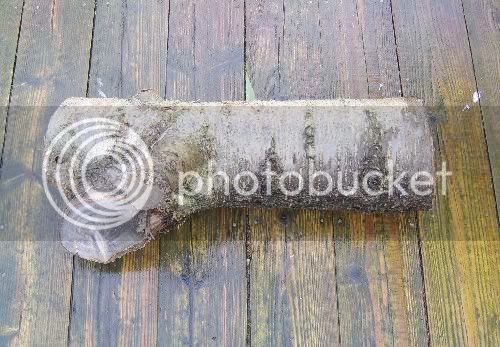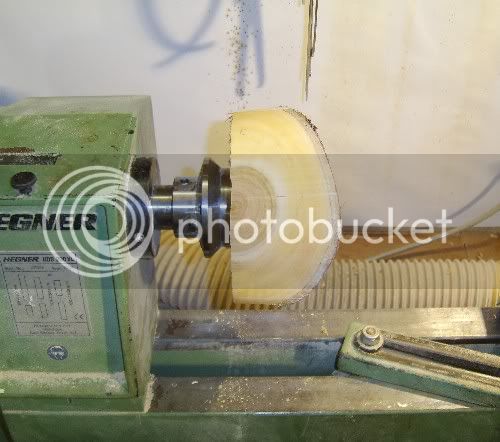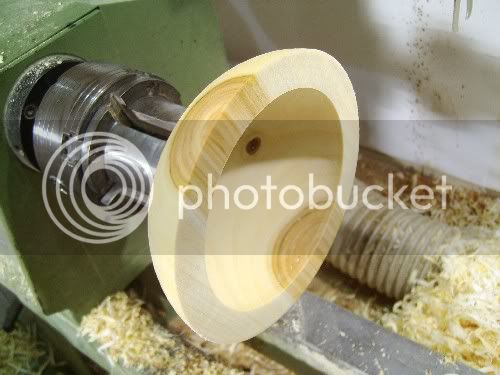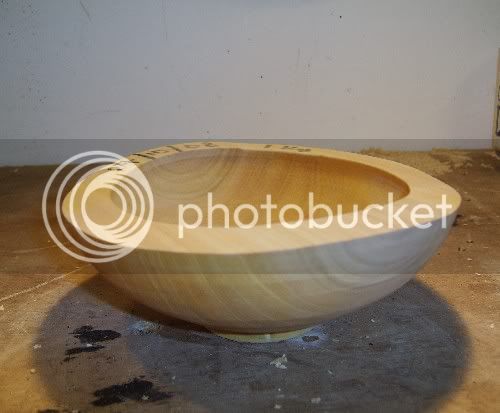skeetoids
Established Member
Hi Folks,
Some people over the past few months have kindly been giving me lots of free wood. However, all of the pieces are too big to go through my band saw!
I've borrowed a friends 18" chainsaw and have enough protective gear to attempt to cut them to size.
What I really wanted to know is what is the best way of doing this?
Some logs are approx. 10" diameter and maybe 8" to 10" wide. One log is about 10" diameter and about 2.5ft - 3ft long.
I thought about cutting most of them into 3" to 4" thick discs, this way I'd be able to get them through the band saw and trim the diameter down so it would fit on my lathe. Is this a good enough way or can you suggest an easier/safer way etc.?
Many thanks,
Lee.
Some people over the past few months have kindly been giving me lots of free wood. However, all of the pieces are too big to go through my band saw!
I've borrowed a friends 18" chainsaw and have enough protective gear to attempt to cut them to size.
What I really wanted to know is what is the best way of doing this?
Some logs are approx. 10" diameter and maybe 8" to 10" wide. One log is about 10" diameter and about 2.5ft - 3ft long.
I thought about cutting most of them into 3" to 4" thick discs, this way I'd be able to get them through the band saw and trim the diameter down so it would fit on my lathe. Is this a good enough way or can you suggest an easier/safer way etc.?
Many thanks,
Lee.







































